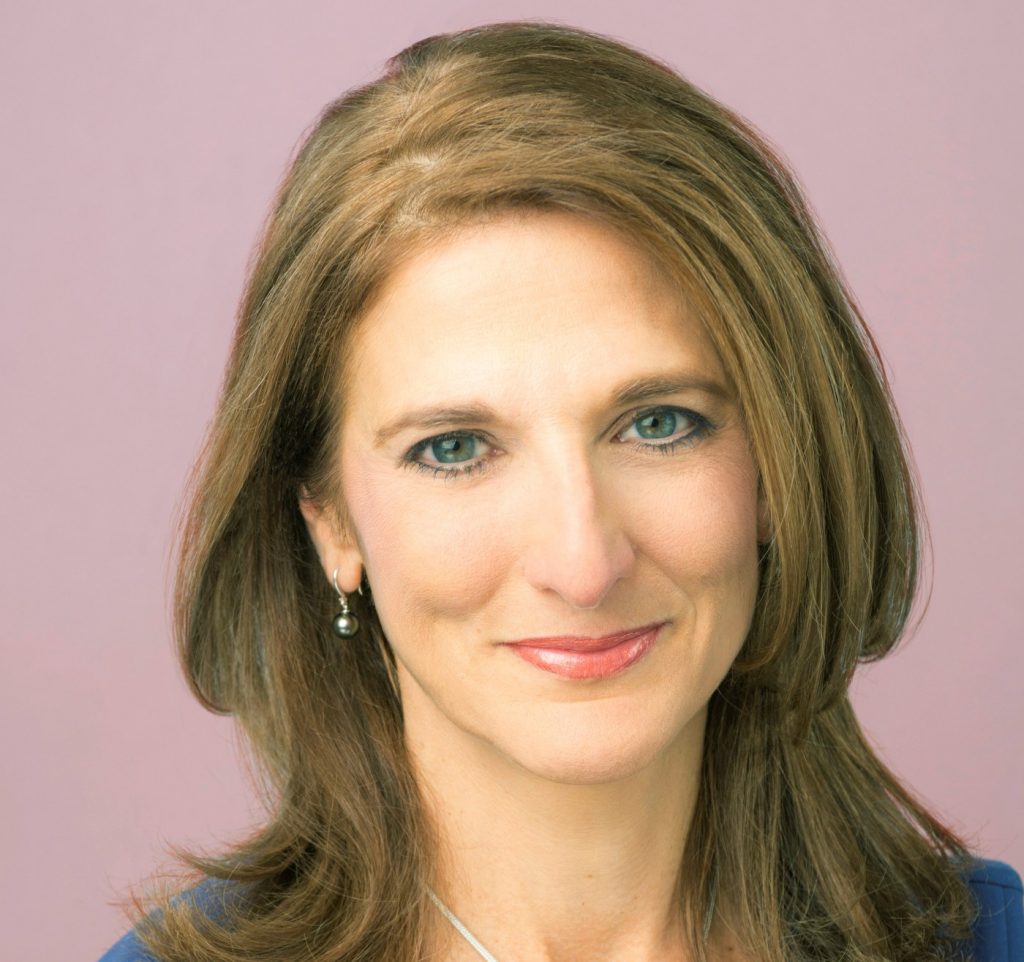As widely expected, the Federal Reserve cut interest rates for the first time since March 2020. The half of a percentage point reduction from 23-year highs brings the federal funds rate to a range of 4.75–5.00 percent, a level that is still pretty steep for anyone seeking to borrow money or for those who are trying to pay down credit card balances.
Related Articles
Rent is eating up a greater share of tenants’ income in almost every state
Why cruise demand is even bigger now than pre-pandemic
Pocketbook issues front of mind as Target, Best Buy launch holiday retail season
Study: Americans’ pay hasn’t fully recovered from inflation. Will it ever?
2024 college grads: Get ready for student loan repayment
As economists, strategists and investors pour over Fed Chair Powell’s words for clues about what comes next, for the rest of us mere mortals, here are some ideas to keep in mind:
A series of Fed interest rate cuts
This is the first of what will likely be a series of Fed interest rate cuts. As always, the central bank needs to balance its two big tasks: ensuring that the economy is strong enough to create jobs, but not too strong as to foster inflation or deflation (aka the “dual mandate.”)
As of now, Powell said that with the inflation rate moving down towards the target of 2%, the risk has tilted towards the slowing, though still “solid” labor market.
Economic soft landing still on the table
Ever since the Fed started to hike rates in 2022, there have been on-again-off-again fears of a recession. However, recent data show that inflation is easing, and the labor market is still growing, though at a slower pace.
When asked about the risk of an imminent recession, Powell said: “I don’t see anything in the economy right now that suggests that the likelihood of a downturn is elevated.”
If the inflation rate continues to fall and the labor market holds up, then Powell’s Fed may have lucked its way into a “soft-landing.” That’s the oft-desired, though rarely achieved goal of raising interest rates to bring down inflation, without causing a recession.
Don’t try to guess timing, pace of rate cuts
The Fed’s Summary of Economic Projections (SEP) indicate that officials think that there will be an additional half of a percentage point cut by the end of the year – and then another 2 percentage points over the course of the following two years.
But none of this is etched in stone: If the economy starts to wobble, the Fed may front load the cuts and conversely, if inflation proves to be stickier than expected, it may go slower.
Stop rooting for zero percent interest rates
The Fed has only slashed interest rates to zero during cataclysmic economic events (i.e., the 1987 stock market crash, 2008 financial crisis and 2020 COVID shutdown). Let’s stop hoping for a return to those ultra-low-interest rate periods that often result in massive job losses and yes, falling prices.
Don’t try to time housing, mortgage markets
Housing prices have soared at roughly twice the pace of inflation since 2019 and while mortgage rates have come down from recent highs, they still remain high.
Taken together, that means that affordability is still an issue for many would-be homebuyers. That said, if the numbers can work for you and you find a property that you like, go ahead and take the housing plunge, knowing that you could get the chance to refinance down the line.
WE are the key, not the Fed
Broadly speaking, consumers have held up incredibly well in the face of high inflation and elevated interest rates.
Yes, we complain about prices, which has weighed on our overall confidence levels, but retail spending has been consistent.
That said, cracks are emerging, especially for lower income households. Late payments are increasing on everything from credit cards to auto loans, and the savings rate stands at 2.9%, compared with the pre-pandemic level of 7%.
Related Articles
Gov. Gavin Newsom signs law ending “paper or plastic?” at grocery store checkouts
Mortgage rate drop could give Bay Area buyers $136,000 more in buying power than they had in August
Travel Troubleshooter: Windstar promised an all-inclusive package. Now it’s refusing!
Spending deal averts a possible federal shutdown and funds the government into December
‘Beetlejuice Beetlejuice’ scares off ‘Transformers’ for third week as box office No. 1
Jill Schlesinger, CFP, is a CBS News business analyst. A former options trader and CIO of an investment advisory firm, she welcomes comments and questions at [email protected]. Check her website at www.jillonmoney.com.


